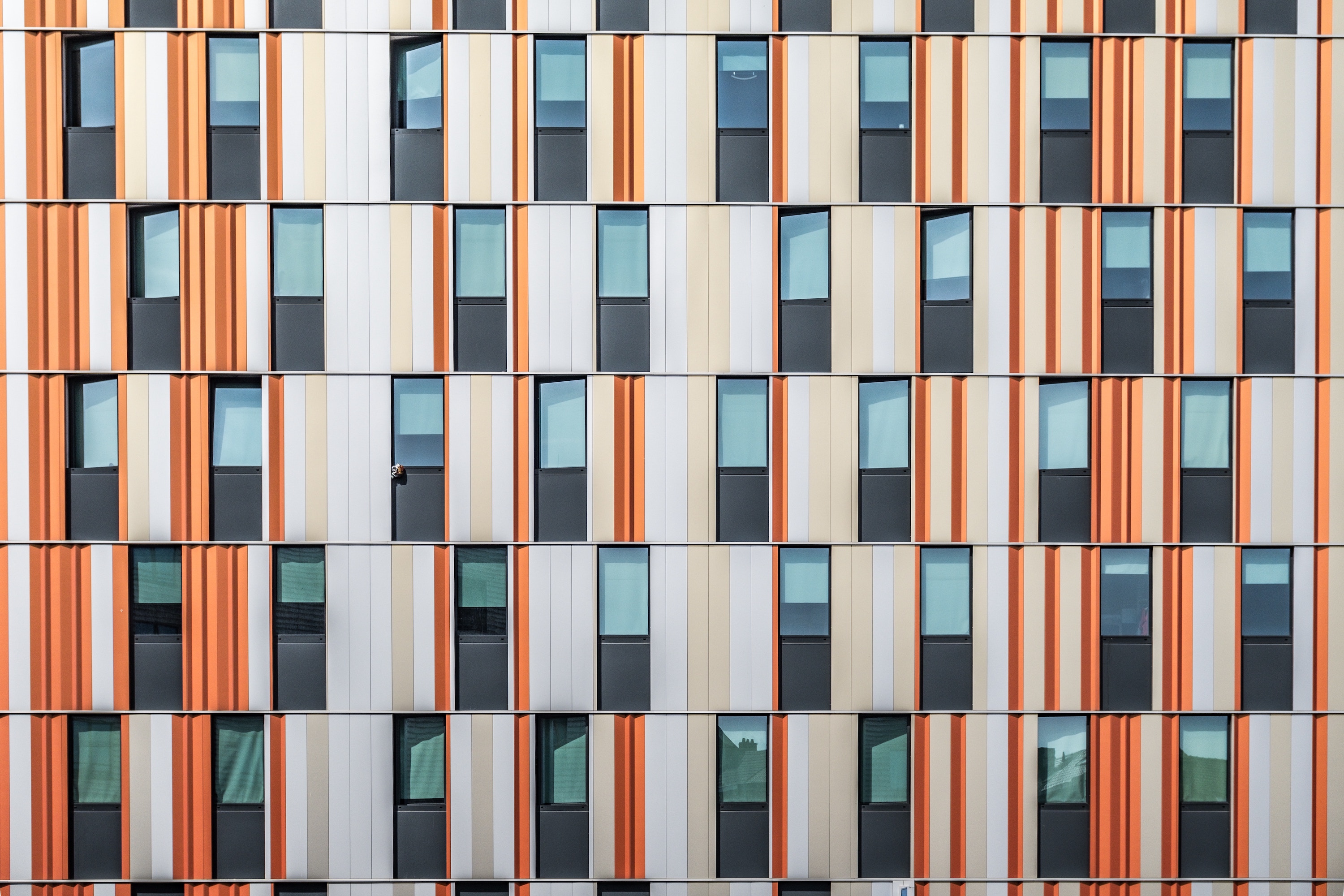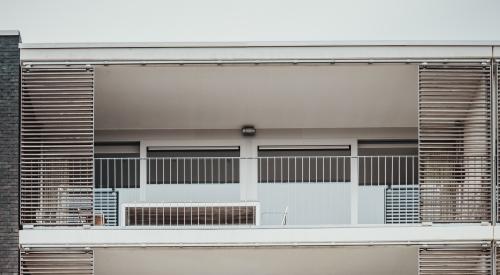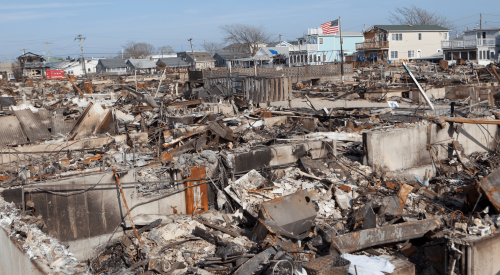More than 32 percent of the cost of an average multifamily development comes from regulations from local, state, and federal government, a new study finds.
The highest regulatory cost was found to be changes to the building codes over the past 10 years, translating to an average 7 percent of the total cost to develop a property. The study was conducted by both the National Association of Home Builders (NAHB) and the National Multifamily Housing Council (NMHC), based on survey data. NAHB says that regulatory expansion adds to cost, explicitly, "a separate code devoted to energy conservation, for example," adding, "NAHB has criticized particular changes to this code for limiting flexibility and driving up costs without improving energy efficiency."
Many local governments require new development to conform to community design standards (for example, streets, sidewalks, parking, height of buildings, landscaping, and architectural design). These standards impose added costs if they require more than a multifamily developer would normally provide. These beyond-ordinary development requirements were the second most costly type of regulation, accounting for 5.9 percent of development costs, on average.













